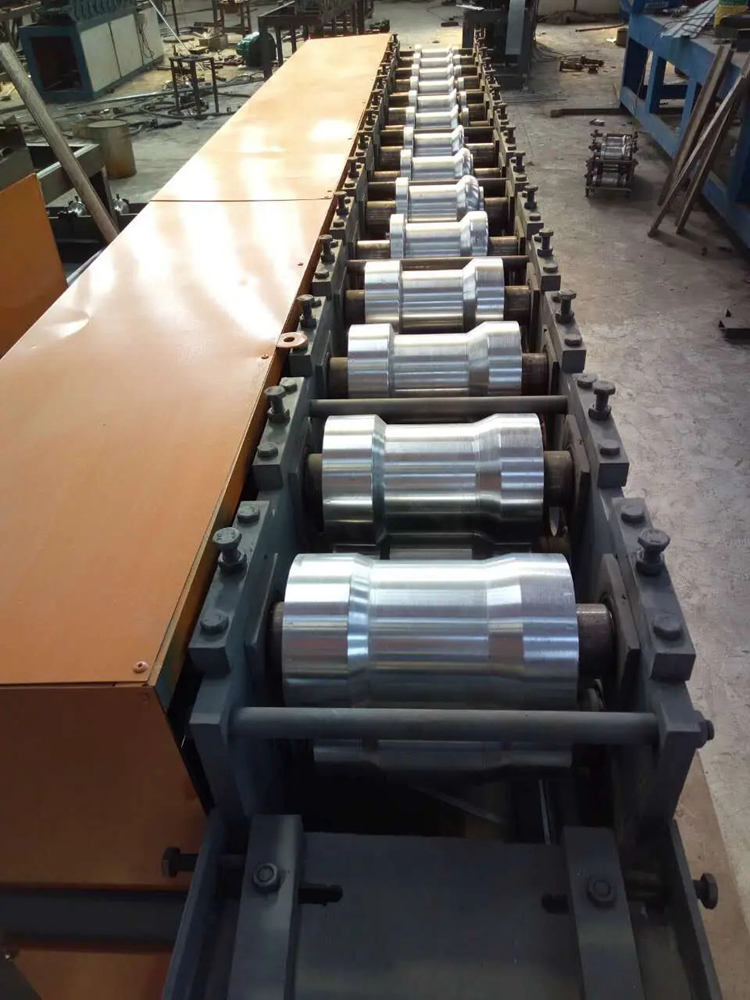
Beam Straightening A Key Process in Structural Engineering
Beam straightening is a crucial aspect of structural engineering, particularly in the fabrication and assembly of metal structures. Steel beams are widely used in construction due to their strength and load-bearing capacity, but in many cases, they are subject to deformation and warping during the manufacturing process. Ensuring that these beams are straight and meet specified tolerances is essential not only for the aesthetics of the structure but also for its overall safety and performance.
The Importance of Beam Straightening
The integrity of any structure relies heavily on the materials used and their configuration. When beams are bent or warped, they can create several issues, including improper load distribution, difficulties in installation, and increased stress on other components of the structure. Additionally, a misaligned beam can lead to operational inefficiencies and may require costly repairs or adjustments down the line. Therefore, beam straightening is an essential step in the construction process that cannot be overlooked.
Methods of Beam Straightening
There are several methods employed in the straightening of beams, each tailored to the type of deformation and the material being used. The most common techniques include mechanical straightening, thermal straightening, and hydraulic straightening.
1. Mechanical Straightening This method involves the use of mechanical devices such as rollers and press machines to exert force on the bent areas of the beam. This technique allows for precise control over the amount of pressure applied, making it suitable for mild deformities.

2. Thermal Straightening This technique uses heat to relieve stresses in the steel. By selectively heating the bent area of the beam and then cooling it rapidly, the material can regain its original shape. However, thermal straightening requires careful control of temperature to avoid compromising the steel's structural integrity.
3. Hydraulic Straightening In this method, hydraulic jacks are utilized to apply force to the bent section of the beam. This technique is especially useful for large beams or heavy sections where other methods might not apply sufficient force.
Challenges and Considerations
While beam straightening is a relatively straightforward process, it is not without its challenges. One major consideration is the type and extent of deformation. Minor bends may be corrected easily, but severe warping can require more complex solutions. Additionally, different types of steel and metal alloys respond differently to the straightening process, necessitating a thorough understanding of material properties.
Quality control is another critical aspect of beam straightening. Engineers must ensure that all beams meet the specified tolerances and standards before they are installed. This often involves rigorous testing and inspection, which can be time-consuming but is essential for maintaining the safety and integrity of the overall structure.
Conclusion
Beam straightening is an integral part of the construction process that ensures the quality and reliability of structural elements. By employing various techniques tailored to the specific needs of each project, engineers can effectively straighten beams and create a solid foundation for buildings and other constructions. As technology advances, the methods of beam straightening continue to evolve, leading to more efficient and precise outcomes. Ultimately, the importance of straightening beams cannot be overstated, as it plays a vital role in the success of any structural engineering project. Whether it’s a skyscraper, a bridge, or an industrial facility, the integrity of beams is fundamental to achieving a safe and durable structure.